22 Beautiful Bonsai Trees that Redefine the Name |
| The bonsai tree is a Japanese art form using miniature trees grown in containers. The purposes of bonsai are primarily contemplation (for the viewer) and the pleasant exercise of effort and ingenuity (for the grower). But as much as I'm sure you've heard about this practice, most of us are only aware of a few limited types of bonsai tree, when in fact, there are hundreds of different types. These 22 beautiful bonsai trees are a great example of how diverse this artform can be. |
| A 30 year old Azalea |
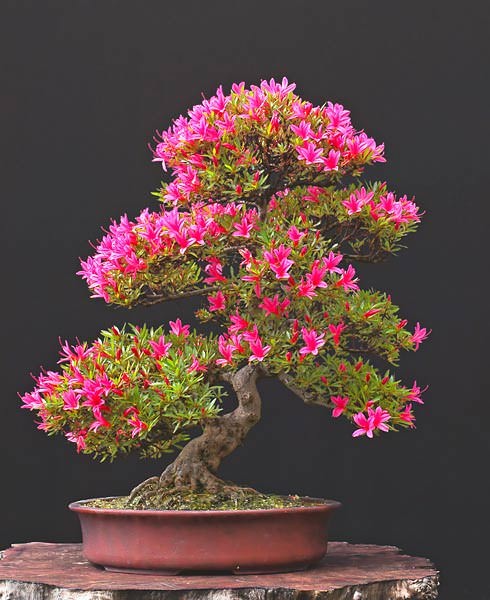 |
| |
| 40 year old Coast Redwood |
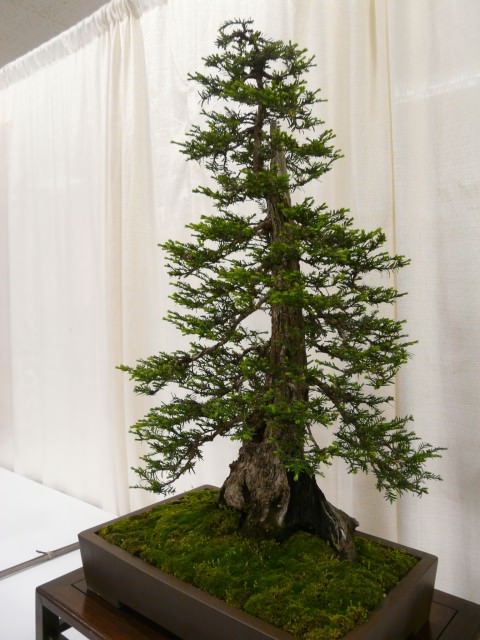 |
|
| A bonsai is created beginning with a specimen of source material. This may be a cutting, seedling, or small tree of a species suitable for bonsai development. Bonsai can be created from nearly any perennial woody-stemmed tree or shrub species.
|
| Over 40 year old Chinese Banyan |
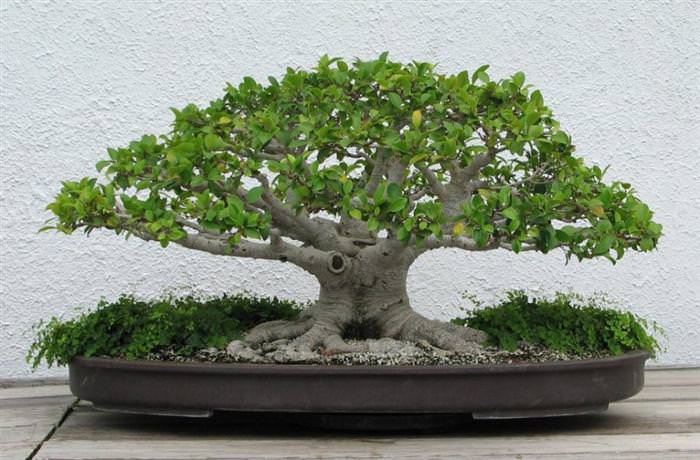 |
|
| A 30 year old Hibiscus |
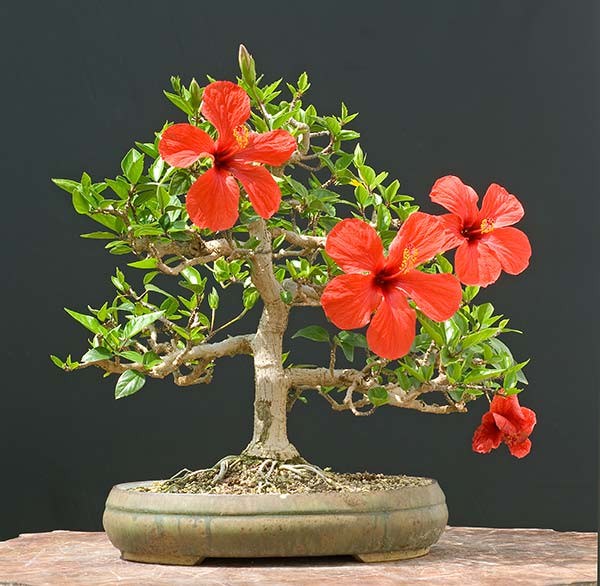 |
|
|
A tpe of bonsai designed to mimic a forest. |
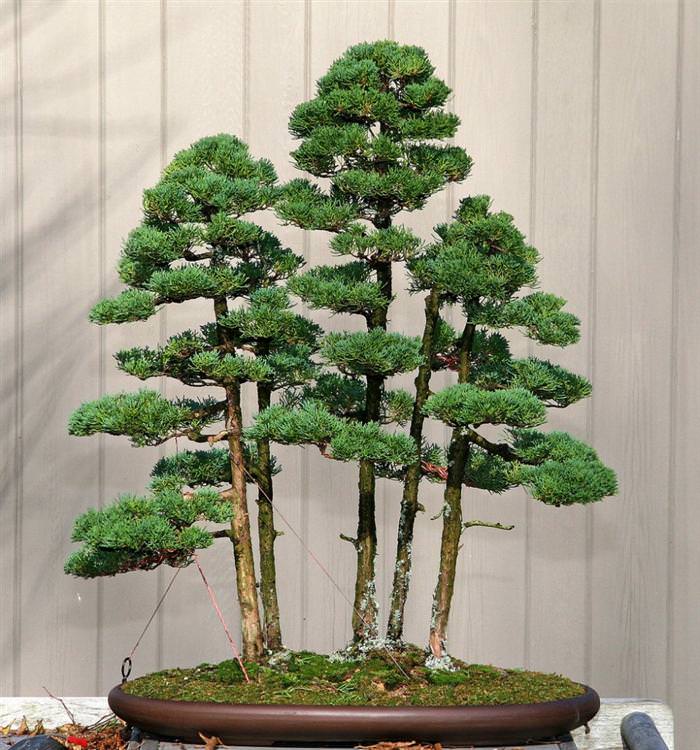 |
| The source specimen is shaped to be relatively small and to meet the aesthetic standards of bonsai. When the candidate bonsai nears its planned final size it is planted in a display pot, usually one designed for bonsai display in one of a few accepted shapes and proportions. From that point forward, its growth is restricted by the pot environment. |
| Another dazzling Azalea |
 |
|
| A lilac that has both looks and a lovely scent |
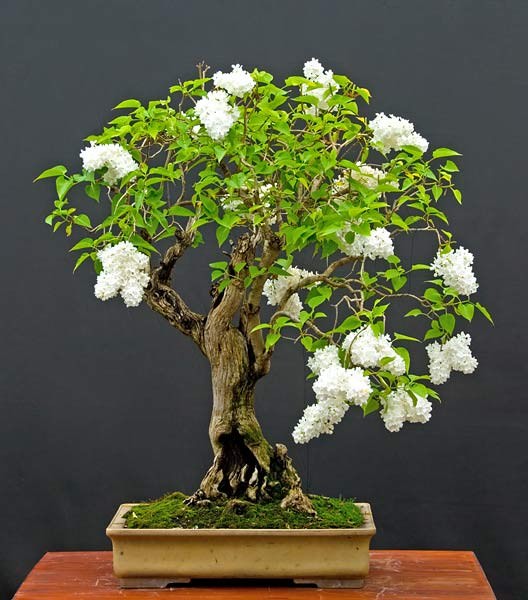 |
|
|
Cascade style of bonsai |
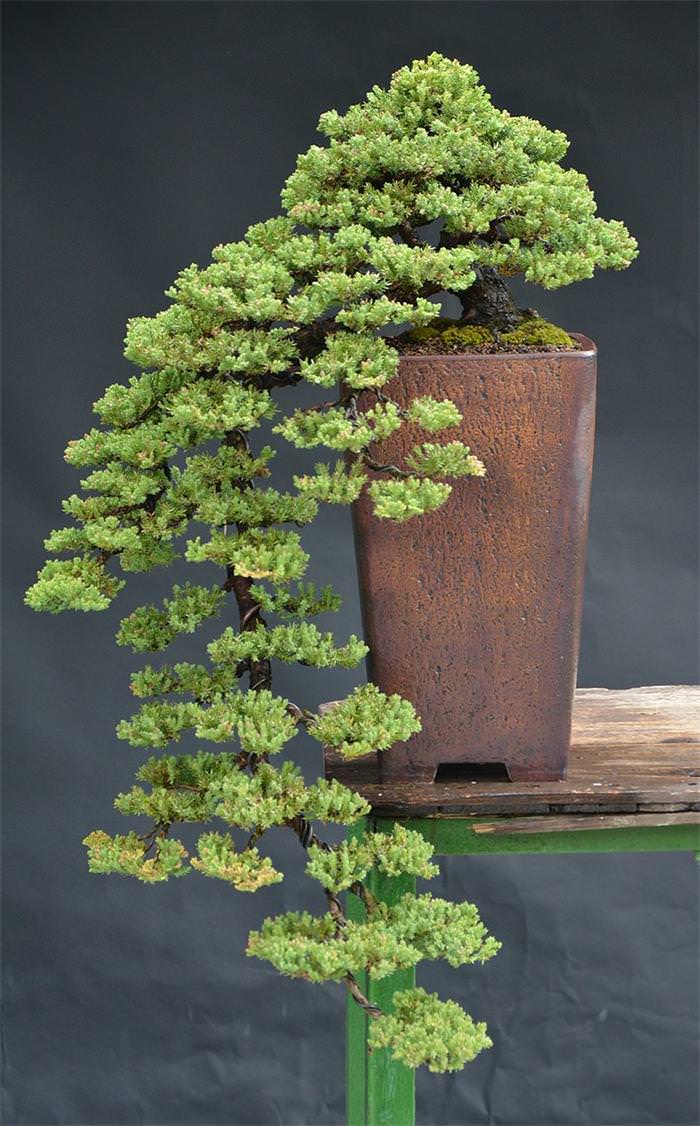 |
|
| Root over rock style |
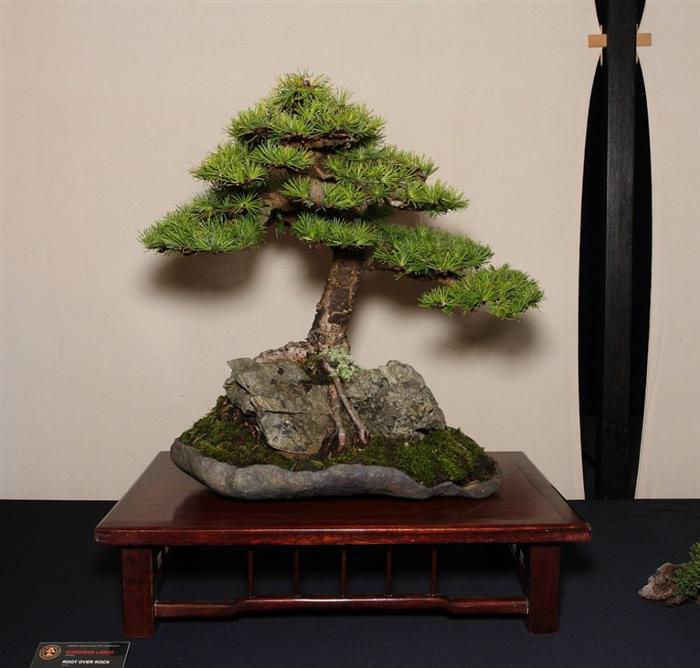 |
|
| A Japanese Maple that is about 100 years old (across seasons) |
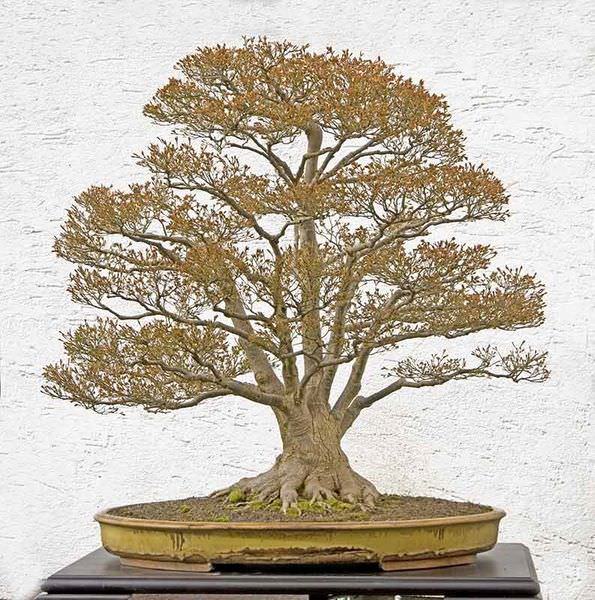 |
|
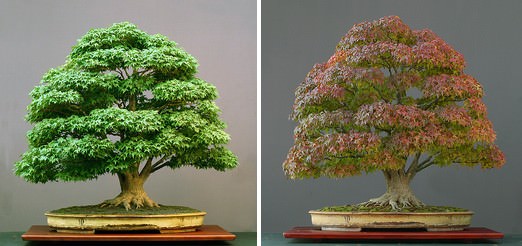 |
|
| 60 year old Crabapple Tree |
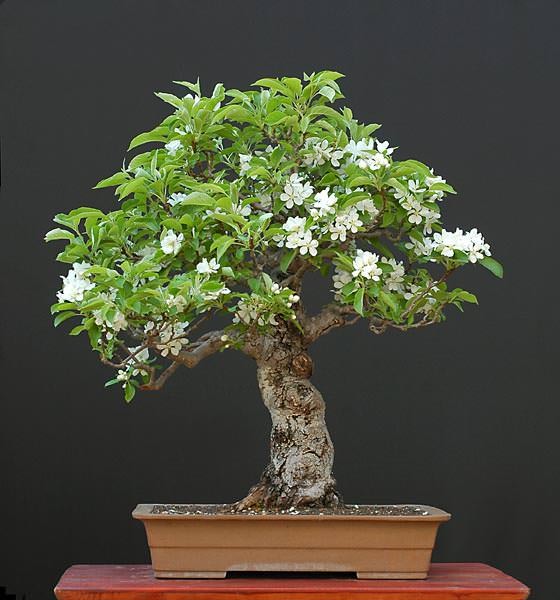 |
|
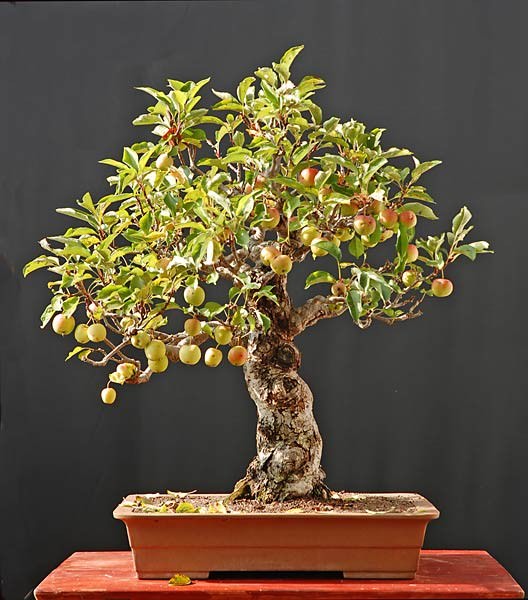 |
| The practice of bonsai is sometimes confused with dwarfing, but dwarfing generally refers to research, discovery, or creation of plant cultivars that are permanent, genetic miniatures of existing species. Bonsai does not require genetically dwarfed trees, but rather depends on growing small trees from regular stock and seeds. Bonsai uses cultivation techniques like pruning, root reduction, potting, defoliation, and grafting to produce small trees that mimic the shape and style of mature, full-size trees.
|
| 25 year old Cherry Tree |
 |
|
| Trident maple with exposed roots |
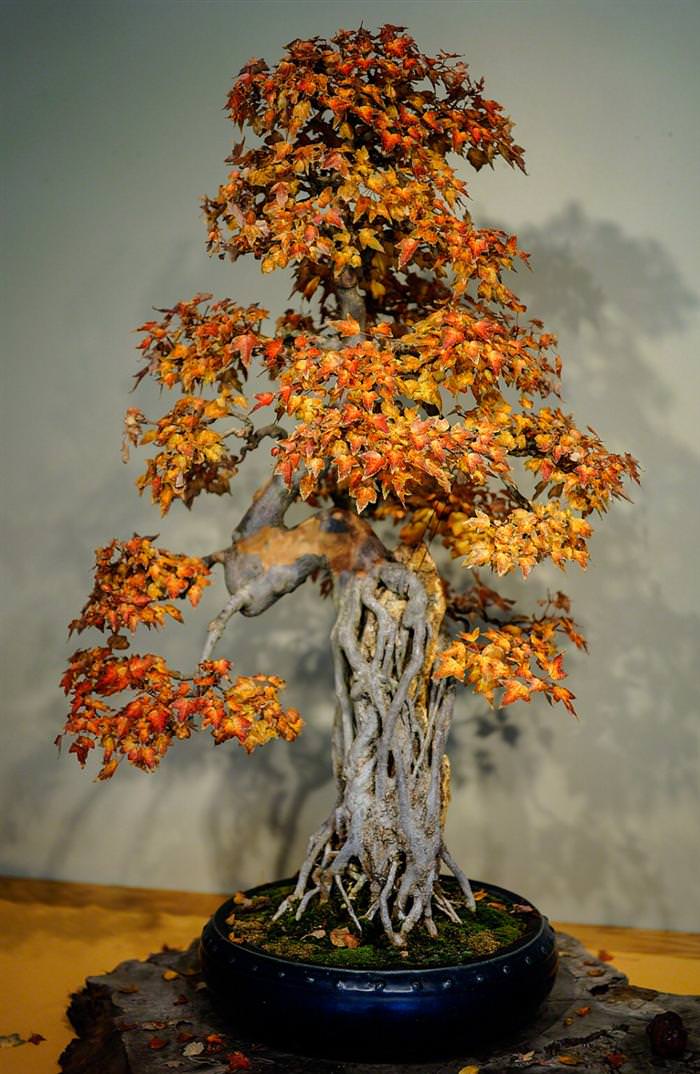 |
|
|
Over 50 year old Atlas Cedar |
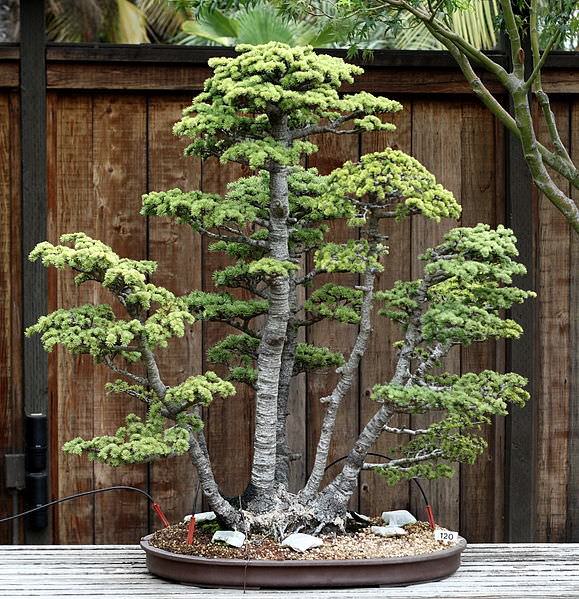 |
|
|
Cherry Blossom in full bloom |
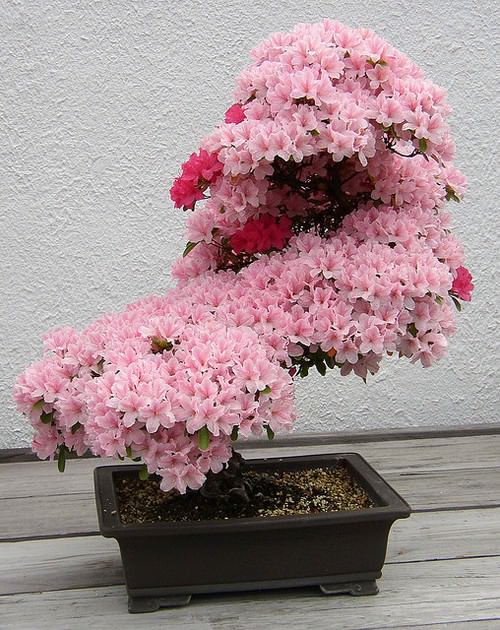 |
|
| A Bald Cypress |
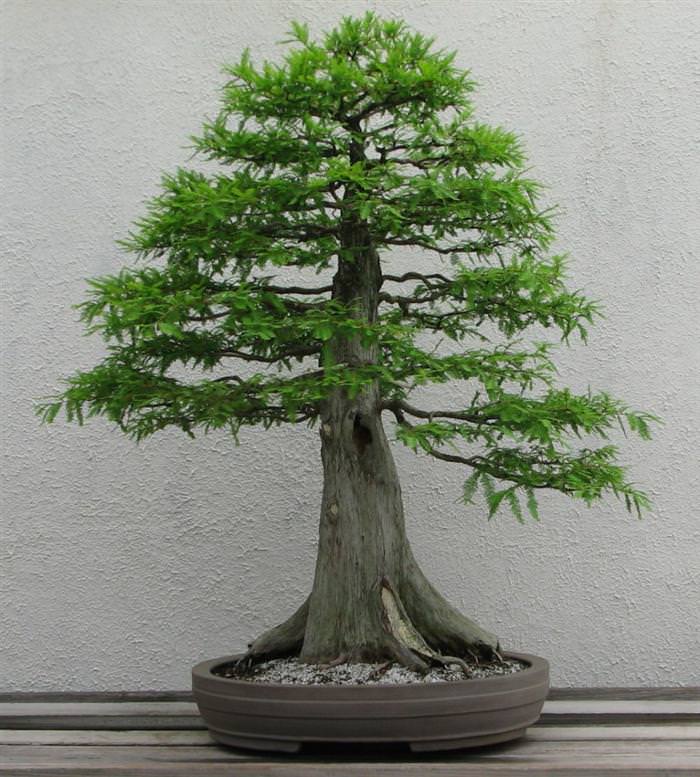 |
| Small trees grown in containers, like bonsai, require specialized care. Unlike houseplants and other subjects of container gardening, tree species in the wild, in general, grow roots up to several meters long and root structures encompassing several thousand liters of soil. In contrast, a typical bonsai container is under 25 centimeters in its largest dimension and 2 to 10 liters in volume. |
|
Wisteria bonsais |
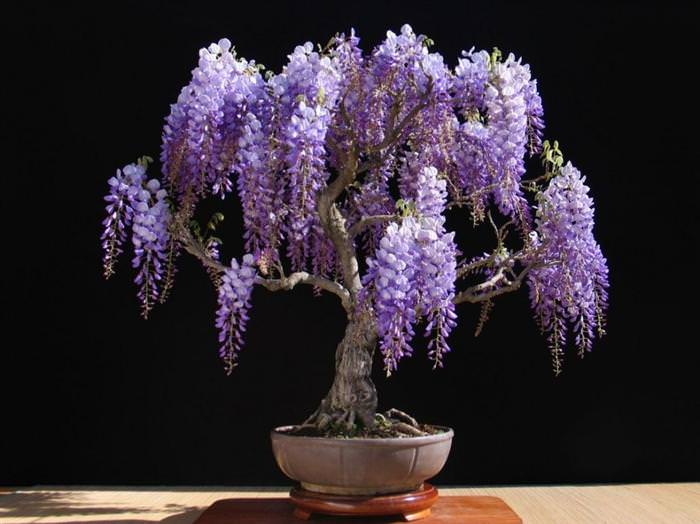 |
|
 |
|
|
One of the oldest bonsai trees in history, this is a Japanese White Pine,and its conjectured that its birthday was in 1625, almost 400 years ago. |
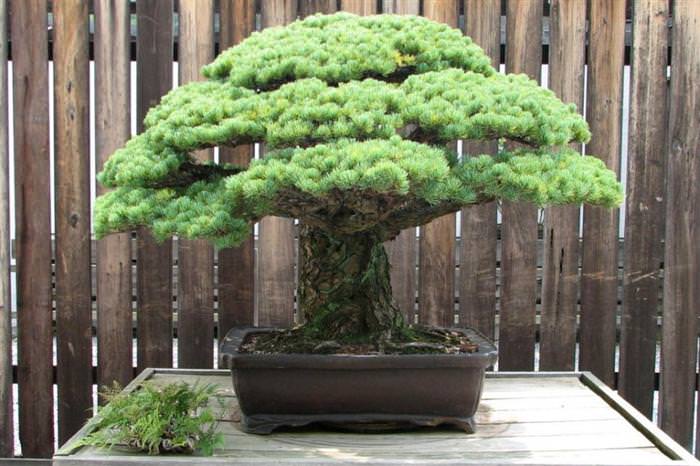 |
|
Branch and leaf (or needle) growth in trees is also of a larger scale in nature. Wild trees typically grow 5 meters or taller when mature, whereas the largest bonsai rarely exceed 1 meter and most specimens are significantly smaller. These size differences affect maturation, transpiration, nutrition, pest resistance, and many other aspects of tree biology. Maintaining the long-term health of a tree in a container requires some specialized care techniques. |
| Adenium |
 |
|
|
Bonsai during winter |
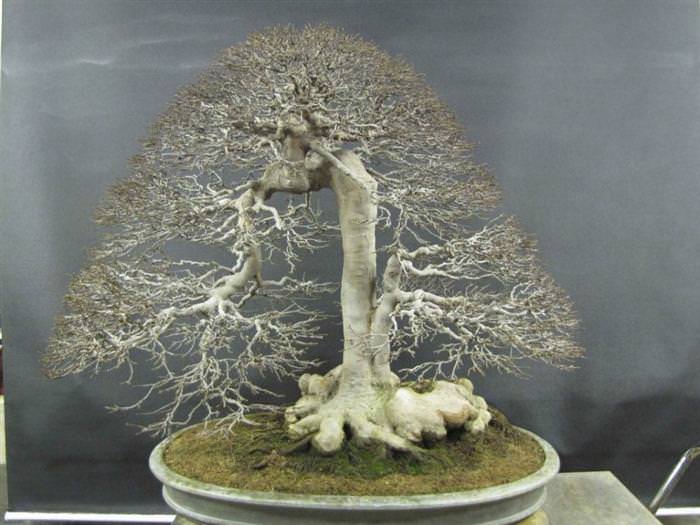 |
|
|
Bonsai during fall |
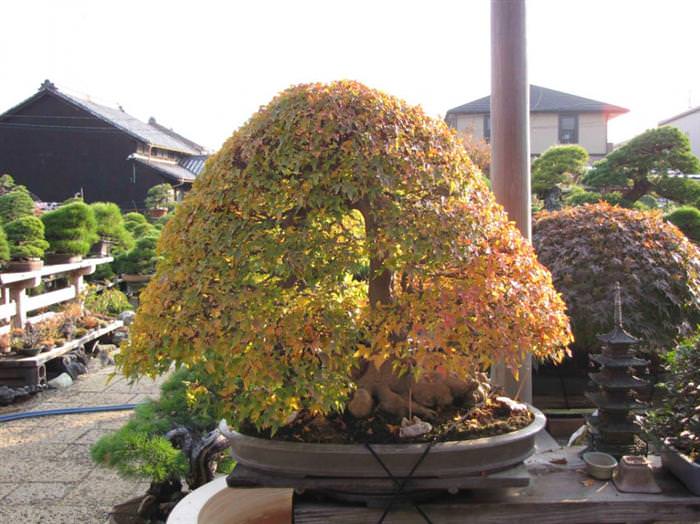 |
|
|
One more Azalea - Probably my favorite. |
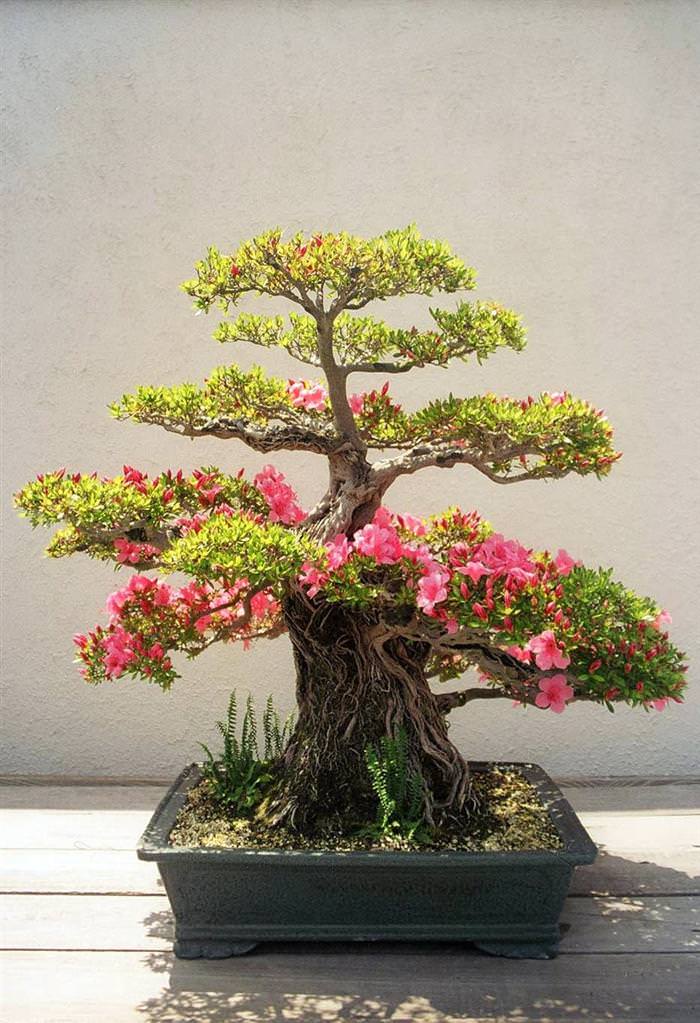 |

































No comments:
Post a Comment